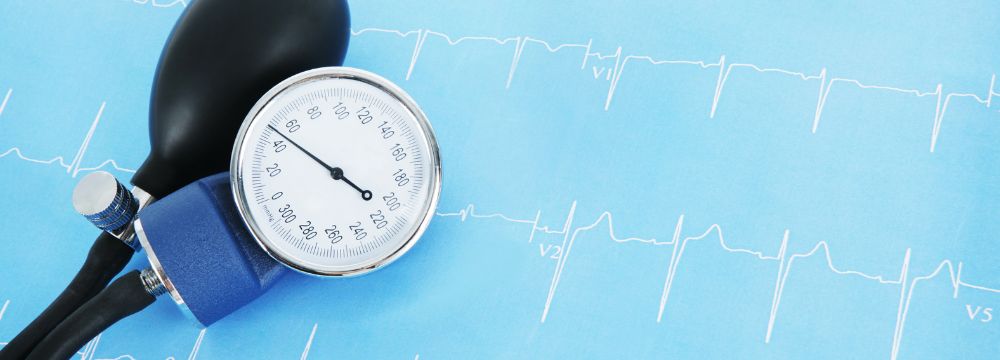Understanding Hypertension & Blood Pressure Readings
Whenever you go to your doctor’s office, a nurse or medical assistant likely checks your blood pressure. Blood pressure is a significant risk factor for developing heart disease in the future, so keeping tabs on it is essential for continued cardiovascular health. But when you get those two numbers, what exactly do they mean, and how should you interpret them? As you may have guessed, blood pressure numbers are more complex than they seem, and the reading at your doctor’s office may only partially reflect your cardiovascular health.
Let’s discuss this further.
Knowing what the two numbers mean is essential to understand more about blood pressure. The top (systolic) blood pressure number is the pressure against the arterial walls as the heart beats. The lower number (diastolic) is the pressure within those same arteries between beats.
You may ask why blood pressure does not go down to zero when between beats. This is because the arteries are flexible and are pushed open during the heartbeat. When the heart is at rest for that fraction of a second, the arteries contract and create their own blood pressure.


